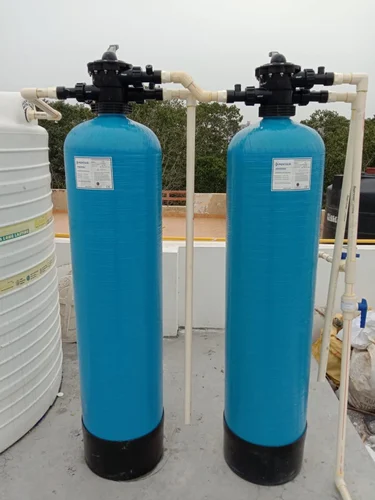Carbon Filter Manufacturer in Chennai
Greenly is Chennai’s trusted manufacturer and supplier of advanced activated-carbon filters for water, air, and kitchen-ventilation systems. With more than a decade of engineering experience and ISO 9001:2015 certification, we design and build filters that balance high adsorption capacity, long service life, and competitive cost—helping homes, businesses, and industries across South India breathe easy and drink safely.
What Is an Activated Carbon Filter?
An activated carbon filter is a cartridge or bed packed with carbon that has been treated at high temperatures to create millions of microscopic pores. These pores increase surface area—often well above 2,000 m² per gram—allowing the carbon to attract and hold impurities through a process called adsorption. The result is cleaner, clearer water and air with odors, tastes, and many chemicals removed.
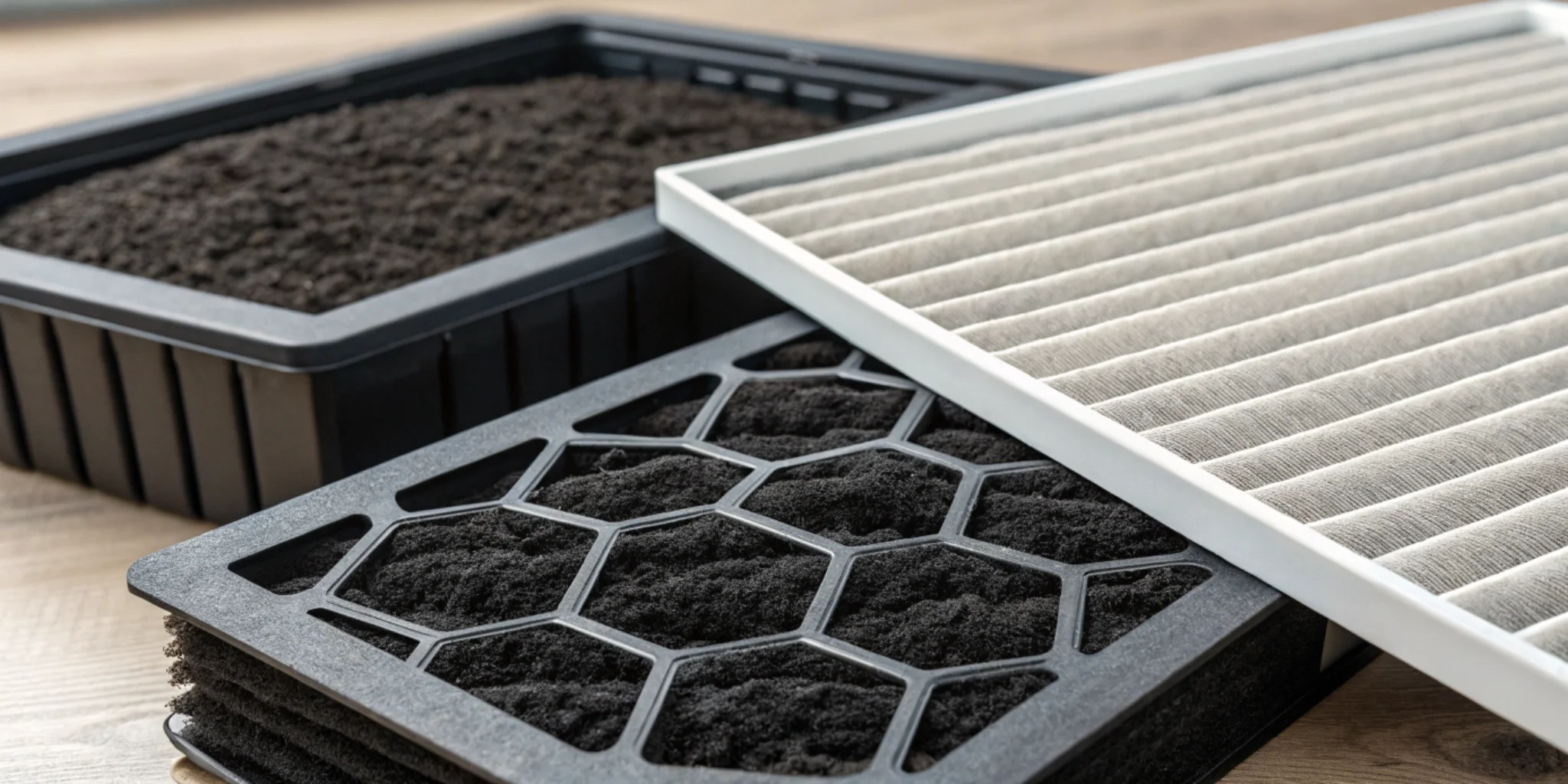
How Do Carbon Filters Work?
Adsorption Explained
When contaminated fluid passes over activated carbon, molecules such as chlorine, pesticides, volatile organic compounds (VOCs), and cooking odors are drawn to the carbon surface and locked in place. Unlike simple sieving, adsorption relies on chemical attraction, so even dissolved gases and organics that slip through standard sediment filters are captured.
Multistage Filtration (Pre- & Post-Filters)
To maximize carbon life and system flow, we combine our products with:
Pre-filters that stop rust, silt, or grease before they reach the carbon bed.
Post-filters (often ultrafiltration or RO membranes) that polish the fluid, ensuring compliance with BIS drinking-water standards or IAQ guidelines.
Types of Carbon Filters
Granular Activated Carbon (GAC)
Loose carbon granules offer low pressure drop and high flow, ideal for large-volume water plants and whole-house filter housings.
Carbon Block
Carbon powder is compressed into a solid block, delivering sub-micron filtration and superior chlorine or pesticide removal—perfect for under-sink purifiers and point-of-use filters.
Powdered Activated Carbon (PAC)
Fine carbon powder dosed into municipal water treatment basins acts fast on taste-and-odor events and reduces trace organics before clarification.
Impregnated Carbon
Carbon treated with silver, iodine, or potassium permanganate targets bacteria, mercury, or hydrogen sulphide, making it valuable in pharmaceutical air handling and specialty gas masks.
Key Applications
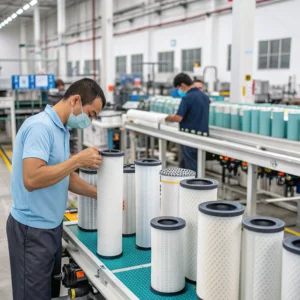
RO Systems
Adsorbs chlorine, protecting delicate RO membranes.
Removes organic foulants, extending clean-in-place intervals.
Improves taste for bottled-water lines.
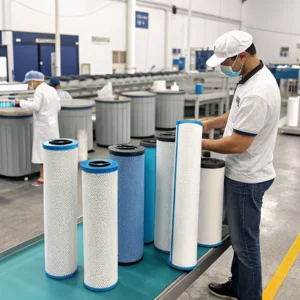
Domestic Water Purifiers
Strips sediment, rust, and odor from municipal supply.
Boosts TDS reduction efficiency of RO/UV units.
Fits standard 10-inch and 20-inch housings.
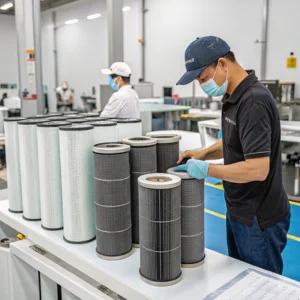
Air Purifiers
Captures VOCs from paints, carpets, and cleaners.
Neutralizes pet, smoke, and curry odors common in Indian kitchens.
Pairs with HEPA filters for PM2.5 control.
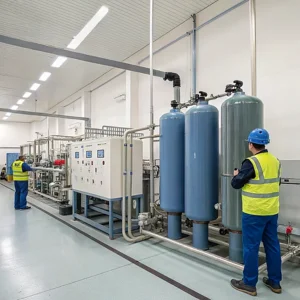
Industrial Water Treatment
Removes dissolved organics and trace solvents from process water.
Meets PCB-manufacturing rinse-water specs.
Ensures compliance with CPCB discharge norms.
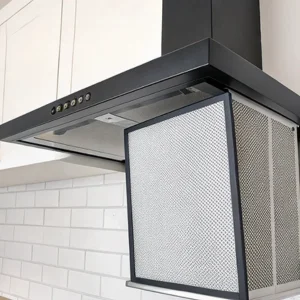
Kitchen Chimneys
Absorbs smoke, oil aerosols, and aromatic compounds released during tadka and deep-frying.
Reduces grease buildup inside ducts, cutting cleaning costs.
Keeps indoor air fresher in restaurants and home modular kitchens.
Advantages of Greenly Carbon Filters
✔
Eco-Friendly Materials – We use renewable coconut-shell carbon wherever performance allows, reducing the product’s carbon footprint.
✔
High Efficiency – Laboratory tests show up to 99 % chlorine removal and > 90 % VOC reduction at rated flow.
✔
✔
Versatile Formats – From 2-inch inline capsules to 48-inch industrial vessels, we customize dimensions, end-cap styles, and media blends.
✔
Durable Construction – Food-grade polypropylene housings resist 6 bar pressure; stainless-steel shells available for higher-temperature lines.
✔
✔
Low Cost of Ownership – Long media life and simple cartridge changes cut downtime and maintenance spend.
Industries We Serve
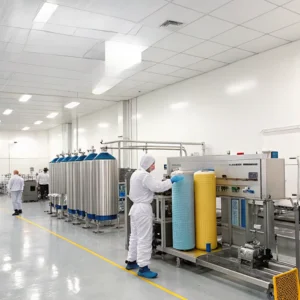
Food & Beverage
Guarantee taste-critical process water in breweries, soft-drink plants, and ice-cream factories.
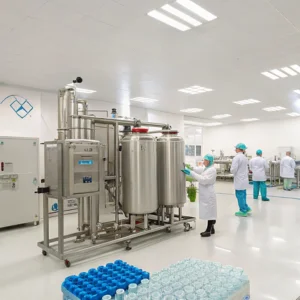
Pharmaceuticals & Life Sciences
Achieve USP-grade water and ultrapure air in cleanrooms.
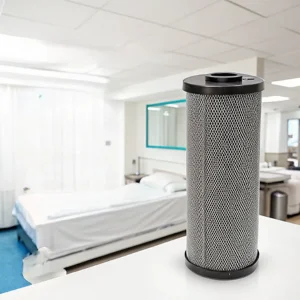
Hospitality
Deliver crystal-clear drinking water and odor-free air in hotels, cafés, and central kitchens.
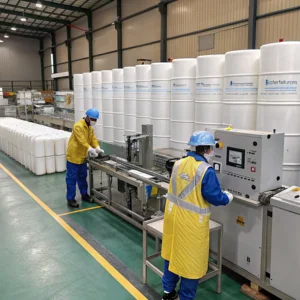
Electronics & Chemical
Remove organic contaminants from rinse lines and scrub exhaust gases for worker safety.
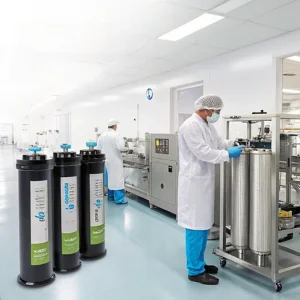
Healthcare
Support dialyzer water loops and isolation-ward air purifiers.
Our Range of Products
Frequently Asked Questions
What is a carbon filter used for?
Activated carbon filters remove chlorine, chemicals, tastes, odors, and many volatile organic compounds from water and air, improving safety and comfort.
How does a carbon filter work?
Contaminants are adsorbed onto the carbon’s porous surface as fluid passes through, trapping unwanted molecules while allowing purified water or air to exit.
Can a carbon filter remove chlorine?
Yes—our filters eliminate up to 99 % of free chlorine, protecting RO membranes and enhancing flavor.
How often should I replace my carbon filter?
For domestic use, replace every 6–12 months or after treating around 4,000 litres. Industrial change-out depends on flow and contaminant load; our service team provides data-driven schedules.
Are carbon filters eco-friendly?
Coconut-shell carbon is renewable and biodegradable. Spent carbon can be re-activated or safely disposed of according to local regulations.
What contaminants can a carbon filter remove?
Chlorine, chloramine, pesticides, herbicides, phenols, benzene, toluene, smoke particles, and cooking odors are common targets.
Can carbon filters be reused?
Cartridge-style filters are designed for single use. Large industrial beds can be regenerated or re-activated off-site.
Are carbon filters safe for drinking water?
Yes—our filters use food-grade materials and comply with BIS 10500 standards for potable water.
Do carbon filters remove bacteria?
Standard carbon does not kill bacteria. For microbial control, choose our silver-impregnated carbon or pair with UV/UF post-treatment.

